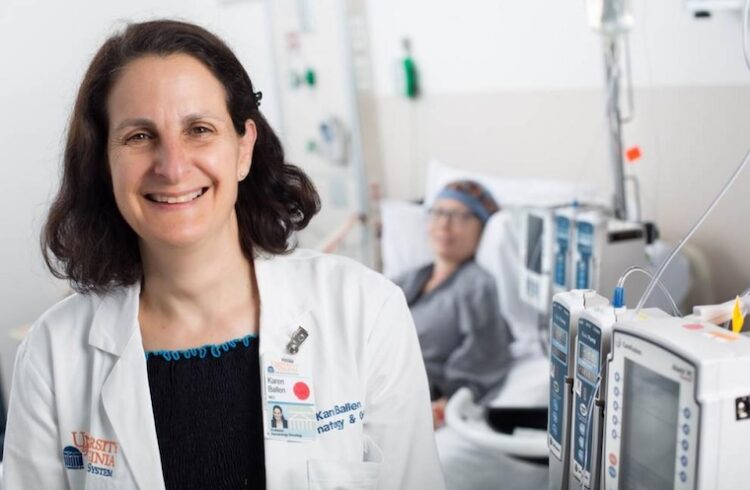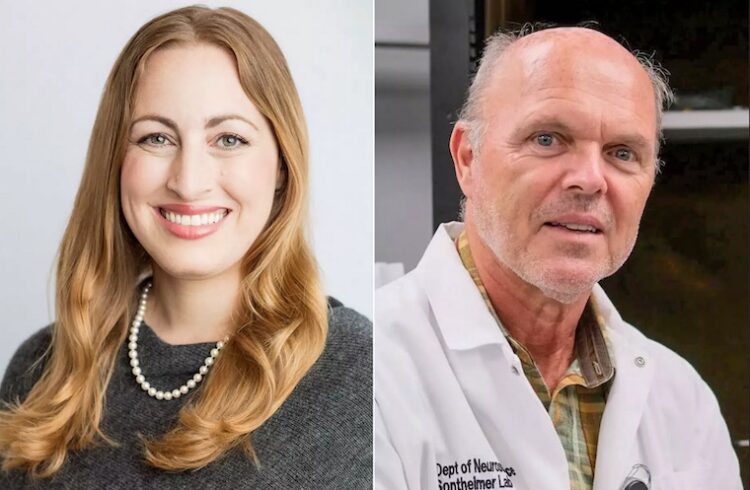
When most of us talk about “slices,” we are referring to pizza. When doctors at the University of Virginia Health System mention the word, they are most likely discussing the attributes of the new medical imaging equipment they have just installed.
UVa specialists are excited about the added “slices” associated with their new multidetector computed tomography (MDCT) scanner because of the many ways it can benefit patients. The same holds true for their new 3T magnetic resonance imaging (MRI) scanner. Purchased for approximately $5 million, these scanners are part of a major UVa initiative to provide leading-edge medical services and patient care. Both devices are expected to be in full operation this week.
The new dual source MDCT unit is the first in Virginia. It combines the capabilities of two 64-slice MDCT scanners into a single device. Each scanner slice is a cross-sectional image taken from many directions of the organ or anatomical area under study. Because the new MDCT scans more slices simultaneously, radiologists can work quicker and obtain clearer images. The scanner, which can accommodate larger patients than older devices, will primarily be used for cardiology and heart imaging.
According to Dr. Klaus Hagspiel, UVa’s chief of the Division of Noninvasive Cardiovascular Imaging, the new MDCT produces clear images even if a patient’s heart is beating fast or irregularly. “When a patient’s heart beats too quickly, single scanner images are blurry. Up until now, we’ve had to give some imaging patients drugs to slow down their heart rate. Because the new scanner is twice as fast, it eliminates this problem.”
Dr. Hagspiel expects UVa patients to benefit in many ways from the new scanner. Faster procedures will mean less exposure to the radiation associated with MDCT imaging. Clearer images will result in better diagnosis and treatment of patients with complex and difficult conditions. Because dual source MDCT images can show the heart and surrounding anatomical structures in greater detail, it will be possible to detect conditions such as congenital cardiac disease much earlier.
UVa’s emergency department and Chest Pain Center will use images from the new scanner to determine which patients need cardiac catheterization. The images will also help doctors determine if patients waiting for heart valve surgery have pre-existing coronary disease.
Stroke and brain surgery patients will be the key beneficiaries of UVa’s other new scanner, the 3T MRI. Because its magnet is twice as strong as existing equipment, the 3T scanner can produce higher-quality, more detailed images that show tiny structures like cranial nerves and small blood vessels.
Dr. C. Douglas Phillips, UVa’s director of Neuroradiology, says images from the new scanner will help physicians determine if damage from a stroke is irreversible. Higher quality images will enable surgeons to precisely locate brain tumors and identify areas that control speech, motor functions and other capabilities. They will also improve procedures that involve resecting a portion of the brain. “Images produced by this new scanner will help surgeons target diseased or damaged areas of the brain and spare healthy tissue, creating better outcomes for patients,” he notes.
The 3T MRI scanner has been installed in a state-of-the-art room designed to maximize the magnetic purity of its environment and improve the signal-to-noise ratio. Dr. Phillips says this setting will ensure that images are the clearest possible.


